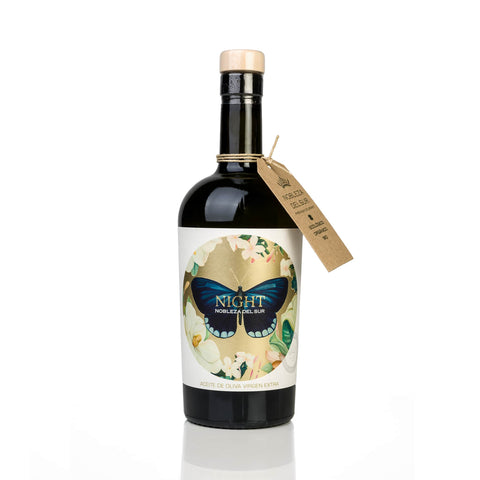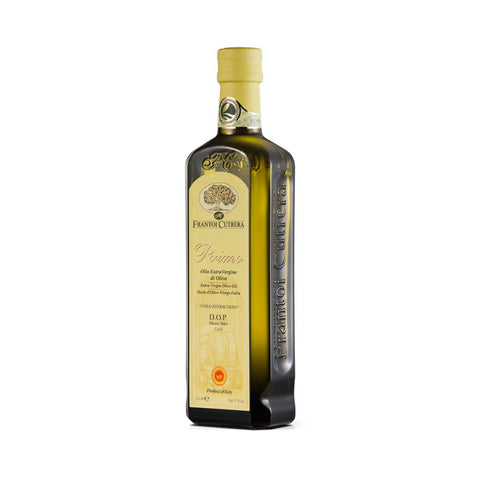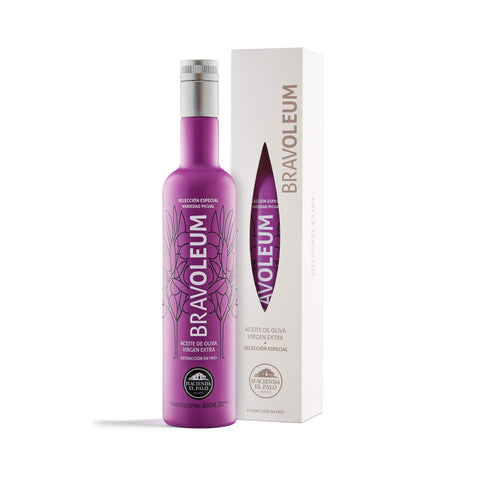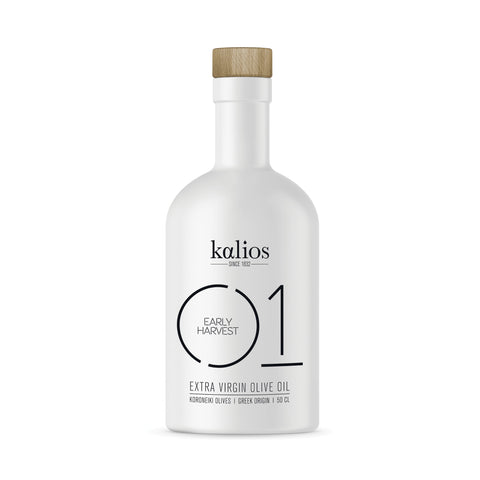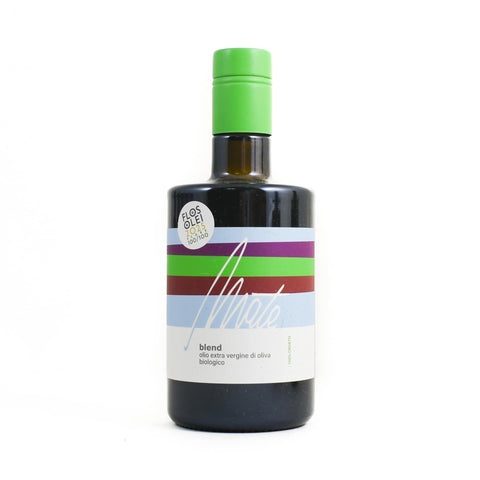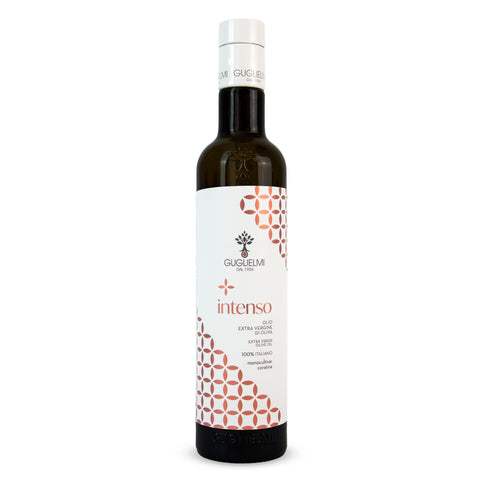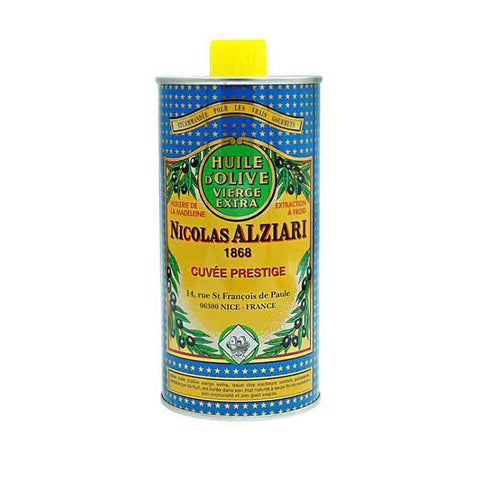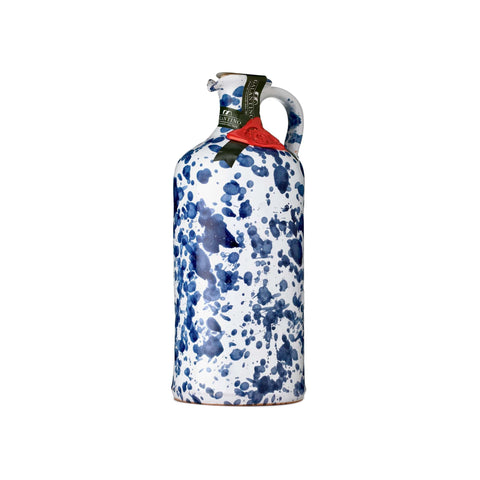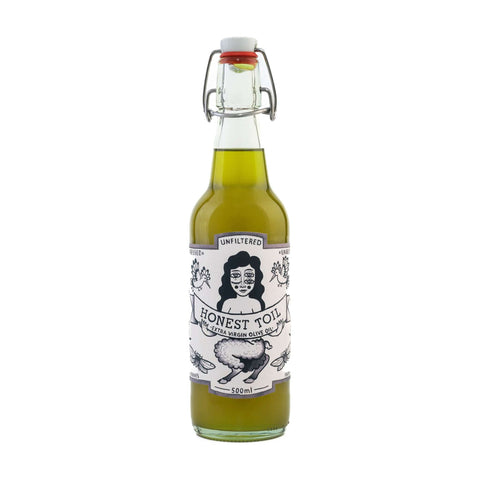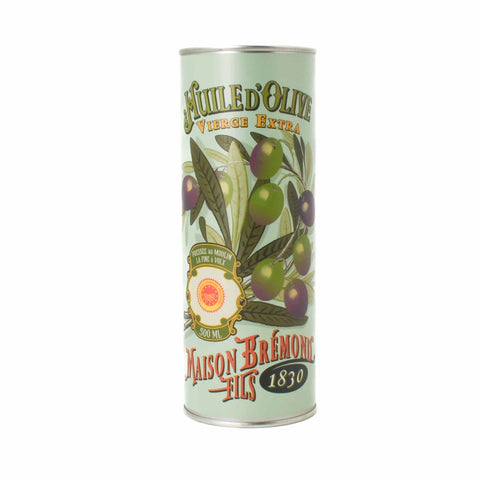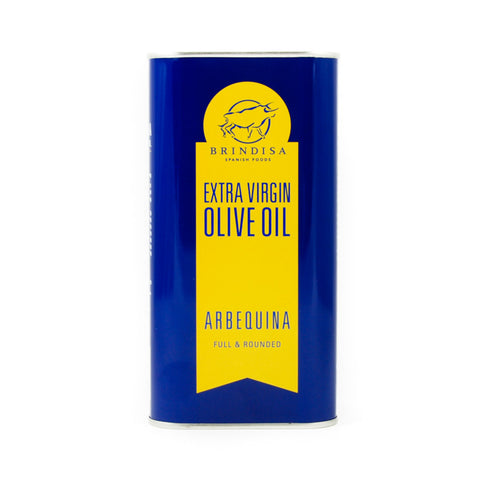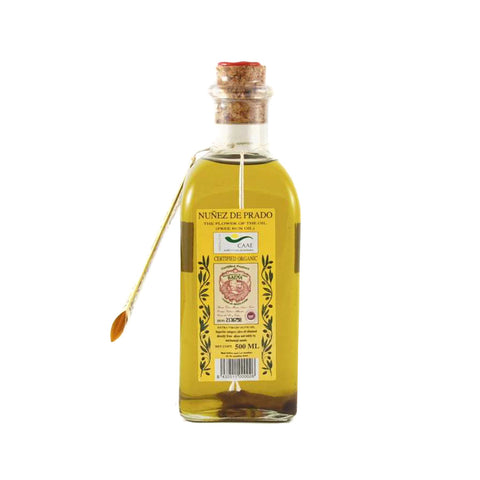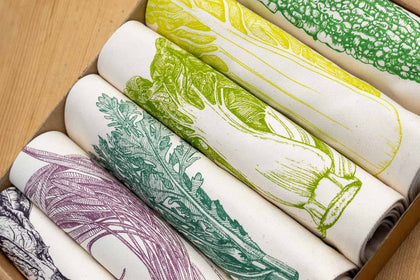What Are the Best Olive Oil Brands?
by Nicola Lando

Olive oil is more than just a kitchen staple. A good extra virgin olive oil can bring complexity, incredible health benefits and deliciousness to any dish.
But with hundreds of brands, regions and styles to choose from, how do you find the very best bottle of olive oil available?
Click to read our full rundown of how to select the best olive oil, or read on for more background to some of the finest olive oil brands available in the UK.
What makes a great extra virgin olive oil producer?
We've written more about how different extra virgin olive oils are rated in our article How to select the best olive oil.
All the producers mentioned below make at least one extraoardinary extra virgin olive oil.

Hand-harvesting vs machinery
Large olive oil producers harvest olives at night using vacuum machines, which
suck in and kill millions of sleeping and dazed songbirds each year.
At Sous Chef, we only work with producers who use more artisanal harvesting methods, so the songbirds can rest happily in their olive trees.
To learn more about why we only stock hand-harvested olive oil, read our article: saving the songbirds.

Where are the best olive oil brands from?
This is a trick question! Some countries are more famous than others for olive oil production - for example the world's largest olive oil producer is Spain. But we have found outstanding producers in many different parts of the world.
The most celebrated oil-producing regions can be found in Italy, Spain, France, Greece, Tunisia, Turkey, and California in the USA.
To generalise hugely (and really I don't like to do this... but everyone asks!):
- Greece is home to some of the oldest olive trees, the oils here often have nutty notes.
- French olive oils from Provence are typically more mellow in flavour. These oils are fruity, interesting and have a slight bitterness that isn't overpowering.
- Italian olive oil has a darker hue while Spanish olive oil is typically golden yellow. Olive oils produced in the same country can differ dramatically, too. Flavour varies greatly across regions, from the big, bold flavours of Puglian olive oils from Galantino and Gugliemi to the fruity bitterness of Tumai Anfosso from Liguria in the north.
Different olive varieties impact flavour:
- Olive oils made with Spanish Arbequina and Picual olives tend to be sweeter, with a less bitter after taste.
- An olive oil made with Apulian coratina olives has a pronounced spiciness – this is due to the exceptionally high levels of polyphenols in this variety of olive.
When it comes to olive oils, there really is a huge amount to explore and discover.
How we choose the top olive oil brands
Here at Sous Chef, we’ve spent over a decade scouring Europe and further afield to bring you the best olive oil from trusted world class producers.
How we choose the top olive oil brands:
- Oils that taste outstanding: At Sous Chef, we taste every single olive oil that arrives to us, to make sure we love it. We never stock an oil we don't this is delicious, and good value for money at its price point.
- They are brands with real people who care about quality and artisanal production methods: Nicola travels to trade fairs around the world to meet the people in person who grow and produce their olive oils
- They are award-winners: every one of the olive oil producer we are sharing here have been mentioned in the World's Best Olive Oil guides, or won medals in one of the many prestigious world olive oil competitions
- We forge great relationships: We work closely with producers to ensure we receive the fresh harvest oils the moment they're produced.
What are the best olive oil brands?
Here are some of our favourites:
- Nobleza del Sur’s oil has been awarded ‘Best in Class’ and multiple gold medals, by the world’s most prestigious oil tasting awards - Flos Olei, and the New York International Olive Oil Competition.
- Frantoi Cutrera is an award-winning Italian olive oil producer. Their olive groves are in Sicily, between Etna and the Mediterranean. The family-run company is committed to traditional, sustainable practices. You can taste the terroir of the island in every drop of oil. Their oil Primo was the first Sicilian olive oil to obtain PDO status. It has received over 170 awards in just over 20 years. Including the near perfect score of 98/100 by the world olive oil tasting panel, Flos Olei.
- Bravoluem is recognised as one of the top 5 oil mills in the world, for its fabulous quality. The Picual bottle here has won many awards, including Gold at the 2025 London IOCC - and the 2025 'Global Olive Oil Stars' award. It was ranked Number 2 in the World, by the 'World's Best Olive Oils' - one of the strictest extra virgin olive oil awards available.
- Kalios Greek olive oil is famous for its low acidity (less than 0.3%). Low acidity is an indicator of quality and the care taken when processing the olives. The result is a fresher flavour and an oil rich in antioxidants.
- Mate is one of just nine olive oil producers from the whole world to be admitted into the 'Flos Olei' Hall of Fame, and for the second year running: an extraordinary achievement. The oil wowed judges, and topped 500 other bottles from 56 countries around the world. Taste today what sets this olive oil apart from others. Mate began in the 1990s when 75-year-old Mate Vekić began planting olive trees in Istria. Decades later, the company makes some of the finest olive oil in the world. The olives are harvested by hand and processed within hours to preserve their flavour.
- Olio Guglielmi: Olio Guglielmi is a Puglian family business that farms 160 hectares of groves - and has done for over 60 years. The oils are made with olive varieties native to the region. This superb extra virgin olive oil is sweet and spicy on the palate and has a wonderful lingering complexity - and kick! It has notes of almond and jasmine. It’s a versatile finishing oil, ideal for drizzling over creamy cheeses, caprese salads and vegetables roasted with garlic and herbs.
- Nicolas Alziari: Nicolas Alziari fruity & intense, or Cuvée Pauline, olive oil is an Alziari house-speciality made purely from young, green olives for a fresh and lively flavour. The olive oil is a blend of oils obtained from different European olive varieties, and the exact recipe is a closely guarded secret over 70 years old! The olive oil has a fresh, grassy aroma and a fruity flavour with a slight peppery kick. Drizzle over fresh tomato salads or simply enjoy as a dip for fresh bread. It’s also an ideal finishing touch for grilled meats or carpaccio.
- Galantino: The Galantino olive groves are home to over 15,000 Ogliarola and Coratina trees: a stunning visual feast spanning as far as the eye can see. Based in the beautiful mediaeval town of Bisceglie in the Apulia region of southern Italy, these olives are sun-drenched and full of flavour. The olive oil is cold-pressed on traditional stone mills by the Galantino family, who have been producing oil for nearly a century. The oil has a medium-fruity flavour, with aromas of artichokes and green, herbaceous notes. It has warming peppery afternotes, and a lingering hint of almond.
- Honest Toil: Honest Toil extra virgin olive oil is unfiltered and cold-pressed and is an outstanding example of fine Greek olive oil. Made from 100% Koroneiki olives that are picked by hand in the rural Greek countryside, it is pressed and extracted within hours of harvest for the freshest possible product with the purest flavour. As the oil is unfiltered, it contains the sediment of olive skins and pips, giving it an opaque rich green colour and thickness. It has a light peppery spice that is balanced with fresh cut grass flavours for a full-bodied, raw extra virgin olive oil.
2024/25 Harvest

Frantoio Muraglia Intense Fruity Extra Virgin Olive Oil in Rainbow Terracotta Bottle, 500ml
Frantoio Muraglia Intense Fruity Extra Virgin Olive Oil in Rainbow Terracotta Bottle, 500ml
- Frantoio Muraglia: This medium fruity olive oil is made from peranzana olives, a cultivar that’s only grown in the Apulian region of Italy. The oil is fragrant with a very low acidity. It has notes of tomato, rocket and artichoke, which compliments very lightly cooked fresh fish and vegetable dishes. Take a leaf out of Michelin-starred chef’s Felice Sgarra’s book and use this olive oil to dress seafood dishes.
- Maison Bremond: For over 188 years, Maison Bremond has celebrated the finest ingredients of Provence. They work closely with farmers to protect the Provençal environment, while producing extraordinary oils. This heritage extra virgin oil has a ripe and fruity flavour with a hint of floral sweetness. It is made from olives that are harvested by hand from the orchards of Monfort in Haute-Provence. The olive grove is made up of almost 1,500 trees, with olives of the Aglandau, Frantoio and Bouteillan varieties.
- Brindisa: Use this cold pressed olive oil to season classic Spanish dishes such as the traditional breakfast of 'pan con tomate'. The extra virgin olive oil is made with the Spanish Arbequina and Picual olives and has a slightly sweet flavour with no bitter after taste. It's fantastic on baked white fish, paella, pasta and pizza. A great olive oil to keep on the table for seasoning as you eat.
- Nunez De Prado: From the sun-drenched hills of Andalucia comes Núñez de Prado. It's a blend of three famous Spanish olive varieties: Hojiblanca, Picual and Picudo. What makes this olive oil extra special is that it's 'the Flower of the Oil', or Flor de Aceite – the absolute highest grade of olive oil, obtained even before the coveted first cold press. This olive oil is fruity and citrussy, yet somehow spicy at the same time. It has a peppery finish that balances the initial sweetness. Use as a finishing oil only – drizzle over salads or white fish and seafood, or simply pour into a small dish and devour with fresh bread.
Should you use your best olive oil for cooking?
Premium extra virgin olive oil is best savoured in dishes where its flavour can shine—think drizzling over salads, fresh bread, or finished dishes.
It's more economical to reserve the best bottles for raw applications and use a good-quality regular olive oil for cooking.
That said, there's no harm in cooking with it, but stick to gentle heat, as high temperatures can diminish its unique characteristics.


Learn more about Extra Virgin Olive Oil

About the author
Nicola is co-founder and CEO at Sous Chef. She has worked in food for over ten years.
Nicola first explored cooking as a career when training at Leiths, before spending the next decade in Finance. However... after a stage as a chef at a London Michelin-starred restaurant, Nicola saw the incredible ingredients available only to chefs. And wanted access to them herself. So Sous Chef was born.
Today, Nicola is ingredients buyer and a recipe writer at Sous Chef. She frequently travels internationally to food fairs, and to meet producers. Her cookbook library is vast, and her knowledge of the storecupboard is unrivalled. She tastes thousands of ingredients every year, to select only the best to stock at Sous Chef.
Nicola shares her knowledge of ingredients and writes recipes to showcase those products. Learning from Sous Chef's suppliers and her travels, Nicola writes many of the recipes on the Sous Chef website. Nicola's recipes are big on flavour, where the ingredients truly shine (although that's from someone who cooks for hours each day - so they're rarely tray-bakes!).
